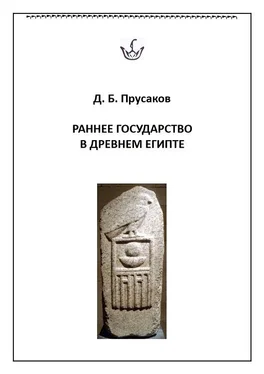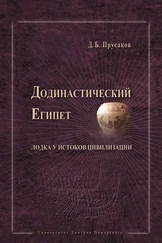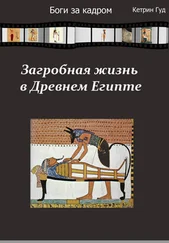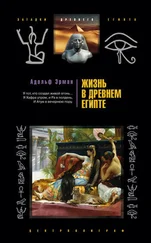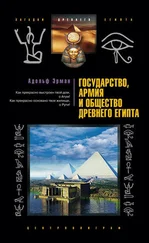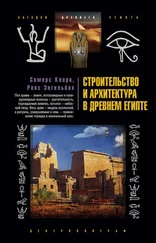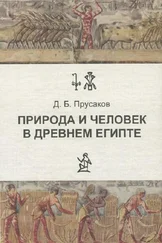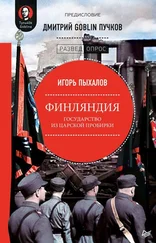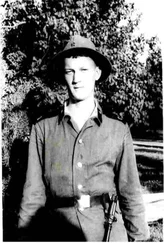Rognon 1987, P. Rognon. Aridification and Abrupt Climatic Events on the Saharan Northern and Southern Margins, 20,000 BP to Present. — W. Berger, L. Labeyrie (eds.). Abrupt Climatic Change. Dordrecht, 1987.
Saad 1948, Z. Saad. Royal Excavations at Saqqara and Helwan. Cairo, 1948.
Saad 1951, Z. Saad. Royal Excavations at Helwan. Cairo, 1951.
Saad 1969, Z. Saad. Excavations at Helwan. Art and Civilization in the First and Second Egyptian Dynasties. Norman, 1969.
Said 1990, R. Said (ed.). The Geology of Egypt. Rotterdam, 1990.
Said 1993, R. Said. The River Nile: Geology, Hydrology, and Utilization. Oxford, 1993.
Säve-Söderbergh 1963, T. Säve-Söderbergh . Preliminary Report of the Scandinavian Joint Expedition: Archeological Investigations Between Faras and Gemai, 1962.
Von Beckerath 1966, J. von Beckerath. The Nile Level Records at Karnak and Their Importance for the History of the Libyan Period. — JARCE. 1966, vol. 5.
Von der Way 1992, T. von der Way. Excavations at Tell el-Fara5in/Buto in 1987–1989. — E. van den Brink (ed.). The Nile Delta in Transition: 4th.–3rd. Millennium B.C. Tel Aviv, 1992.
Waddell 1940, W. Waddell. Manetho. London, 1940.
Wainright 1963, G. Wainright. The Origin of Amun. — JEA. 1963, vol. 49.
Wb., A. Erman, H. Grapow. Wörterbuch der Aegyptischen Sprache. Bde. I–V. Berlin, 1955; Bd. VI (Deutsch-aegyptisches Wörterverzeichnis). Berlin-Leipzig, 1950.
Weill 1912, R. Weill. Fouilles a Tounah et a Zaouiet-el-Maietin. Paris, 1912.
Weiss 1982, B. Weiss . The Decline of Late Bronze Age Civilization as a Possible Response to Climatic Change. — CCh. 1982, vol. 4.
Whiteman 1971, A. Whiteman. The Geology of Sudan Republic. Oxford, 1971.
Wildung 1981, D. Wildung. Ägypten vor den Pyramiden. Mainz, 1981.
Wildung 1984, D. Wildung. Terminal Prehistory of the Nile Delta: Theses. — L. Krzyzaniak, M. (eds.). Origin and Early Development of Food-Producing Cultures in North-Eastern Africa. Poznan, 1984.
Wilkinson 1996, T. Wilkinson. A Re-examination of the Early Dynastic Necropolis at Helwan. — MDAIK. 1996, Bd. 52.
Williams 1966, M. Williams. Age of Alluvial Clays in the Western Gezira, Republic of the Sudan. — Nature. 1966, vol. 211, № 5046.
Williams et al. 1977, M. Williams, P. Bishop, F. Dakin, R. Gillespie. Late Quaternary Lake Levels in Southern Afar and the Adjacent Ethiopian Rift. — Nature. 1977, vol. 267, № 5613.
Wilson 1955, J. Wilson. Buto and Hierakonpolis in the Geography of Egypt. — JNES. 1955, vol. 14.
Wilson 1965, J. Wilson. The Culture of Ancient Egypt. Chicago, 1965.
Winlock 1947, H. Winlock. The Rise and Fall of the Middle Kingdom at Thebes. New York, 1947.
Chapter 1("Climate and Landscape") deals with long-term ecological trends that had affected the genesis of Ancient Egyptian civilization. Particular importance is attached to the latest reconstruction of principal climatic rhythms of the Holocene carried out in Moscow Institute of Energy (Russia). Special attention is paid to variations of the Nile discharge and silt deposition, as well as to the eustatic processes by the Delta shoreline.
Chapter 2("Enclave Protostate"), analyzing ecological and archaeological data, presents a novel conception of enclave territorial structure of the Archaic state in Egypt, with two capital centres of formation: Memphis at the Delta apex and Thinis in Upper Land. This conception differs fundamentally from traditional egyptological versions of centralized and despotic nature of the early Egyptian state.
Chapter 3("Gift-Exchange") paves the way to social-anthropological interpretation of pharaonic history. The hypothesis is argued that primitive gift-exchange was the basic principle of the Early Dynastic political organization in Egypt.
Chapter 4("The Old Kingdom"), based on previous ones, suggests a paradoxical idea of the "Pyramid Age" Egypt. The point is that the Old Kingdom, inseparable from the Archaic epoch, had failed in making a despotic state and come to nothing more than a quasi-egalitarian system of relations between kings and nomarchs, according to the qift-exchange principle. Such a system in pharaonic Egypt was secured by the most ancient "private" property dt — "flesh" of its owner, concentrated within large nobles’ estates pr(w) dt and independent of kings’ possessions.
Chapter 5("The Middle Kingdom") estimates the epoch under consideration in Egypt as a transitional period from the early state with enclave foundation to the mature centralized "empire" Influenced (not provoked!) ecologically by droughts and low Niles, revolutionär social-political reorganization in the post-Old Kingdom Egypt is argued to have been directly connected with corruption of "private" estates pr(w) dt and elimination of the gift-exchange in Ancient Egyptian society.
Раннее государство в Древнем Египте
Приступая к настоящему исследованию, автор не предвидел того необычного результата, которым оно увенчалось уже на начальном этапе. Приоткрывшиеся дополнительные обстоятельства зарождения государства в Египте озадачивали, поскольку уводили от всех привычных представлений об этом процессе. Тем актуальнее было отчитаться о текущей работе перед специалистами, дабы их суд оценил ее перспективы и, в случае чего, предостерег от опасности двинуться по ложному пути. Находясь в феврале 2000 г. в Восточном институте университета Чикаго, автор изложил свои идеи в виде лекции профессорскому составу Департамента ближневосточных языков и цивилизаций Альтернативная реконструкция развития государства в раннединастическом Египте вызвала неподдельный интерес американских коллег, которые после оживленной полемики сошлись на том, что она заслуживает внимания и поддержки. Аналогичная оценка прозвучала на египтологическом семинаре Института востоковедения РАН что окончательно убедило автора в целесообразности дальнейших изысканий в избранном направлении. Вскоре выяснилось: новый взгляд на устройство архаического египетского государства чреват коренным пересмотром традиционных представлений также и о социально-политической организации Египта эпохи пирамид (Старое-Среднее царства)
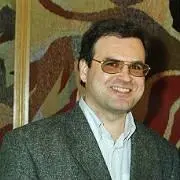
Дмитрий Борисович Прусаков (р. 31 июля 1965, Москва) — российский египтолог, доктор исторических наук, главный научный сотрудник Института востоковедения РАН, Член Восточного института Университета Чикаго, член «Общества по изучению Египта», Лондон. Занимается социоестественной историей Древнего мира.
Читать дальше
